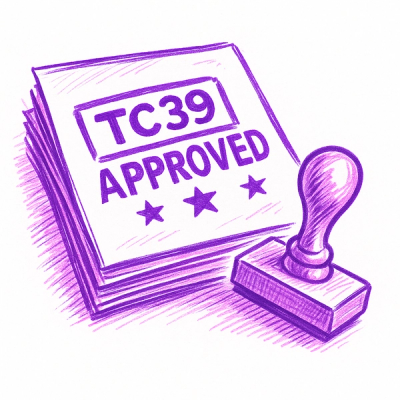
Research
/Security News
Malicious npm Packages Target WhatsApp Developers with Remote Kill Switch
Two npm packages masquerading as WhatsApp developer libraries include a kill switch that deletes all files if the phone number isn’t whitelisted.
A lightweight, cross-platform drag-and-drop interaction service for AvaloniaUI, designed for flexibility and extensibility.
Supports multiple independent or nested instances, complex drop precedence, and custom drag/drop logic via callbacks.
✅ Compatible with Avalonia 11+ and .NET 8.0+
AllowDrag, AllowDrop)PointerEventArgs and dragged control setIDisposable pattern<StackPanel local:DraggingServiceAttached.IsRootOfDraggingInstance="True">
<Button Content="Drag me!"
local:DraggingServiceAttached.AllowDrag="{Binding OnDragCallback}" />
<TextBlock Content="Drop on me!"
local:DraggingServiceAttached.AllowDrag="{Binding OnDropCallback}" />
void OnDragCallback(DraggingServiceCallbackArgs args) {
// Access dragged controls and pointer info
var controls = args.DraggedControls;
var pointer = args.PointerEvent;
// Logic here
}
void OnDropCallback(DraggingServiceCallbackArgs args) {
// Access dragged controls and pointer info
var controls = args.DraggedControls;
var pointer = args.PointerEvent;
// Logic here
}
Data can be read via the data-context of the dragged controls/drop targets for a better MVVM approach
IsRootOfDraggingInstance property to false on the root control: control.SetValue(IsRootOfDraggingInstance, false)
or
DraggingServiceAttached.SetIsRootOfDraggingInstance(control, false);
Background if not present and enables the IsHitTestVisible property for every control used in the service.IsRootOfDraggingInstance Attached Property to dispose the instance.FAQs
Minimal Drag and Drop Service UI library
We found that dragndrop demonstrated a healthy version release cadence and project activity because the last version was released less than a year ago. It has 1 open source maintainer collaborating on the project.
Did you know?

Socket for GitHub automatically highlights issues in each pull request and monitors the health of all your open source dependencies. Discover the contents of your packages and block harmful activity before you install or update your dependencies.

Research
/Security News
Two npm packages masquerading as WhatsApp developer libraries include a kill switch that deletes all files if the phone number isn’t whitelisted.

Research
/Security News
Socket uncovered 11 malicious Go packages using obfuscated loaders to fetch and execute second-stage payloads via C2 domains.

Security News
TC39 advances 11 JavaScript proposals, with two moving to Stage 4, bringing better math, binary APIs, and more features one step closer to the ECMAScript spec.